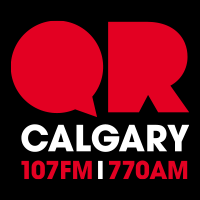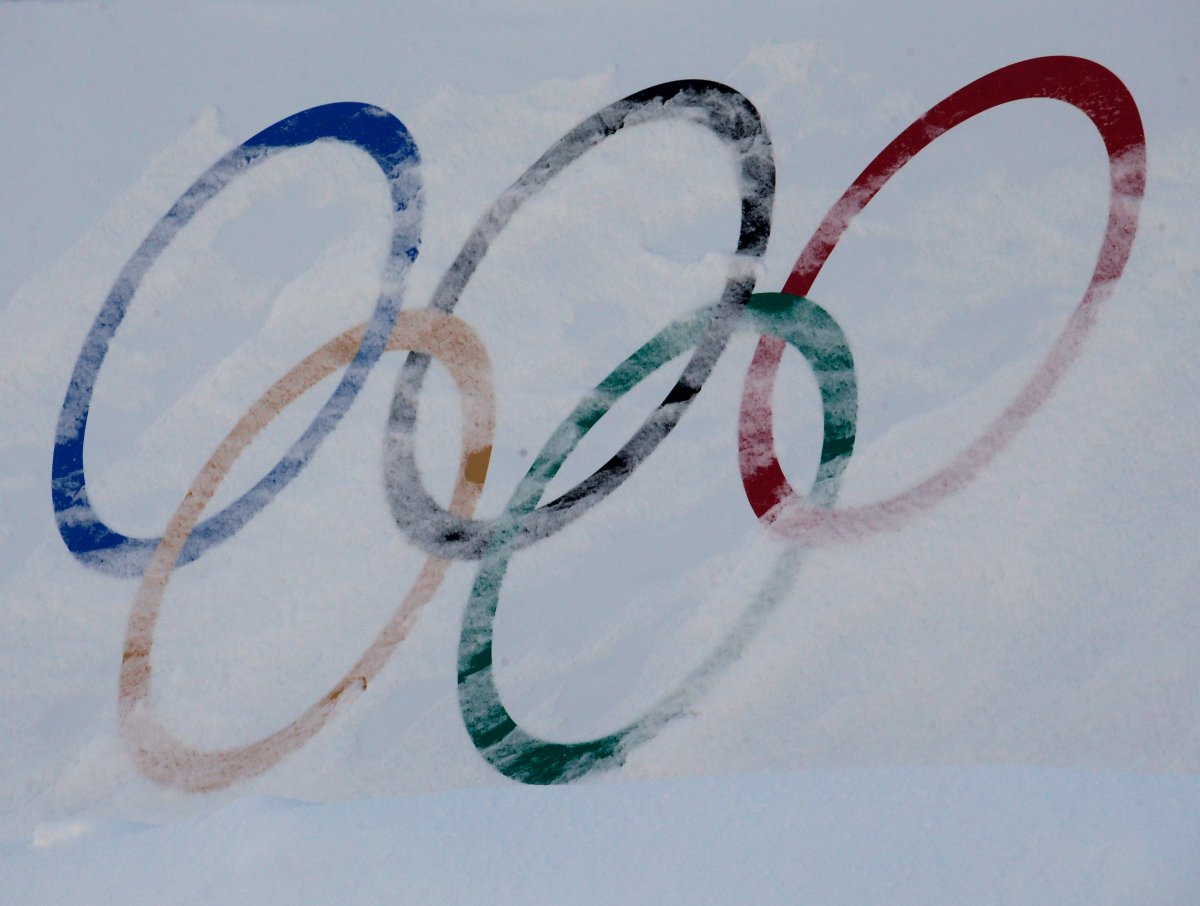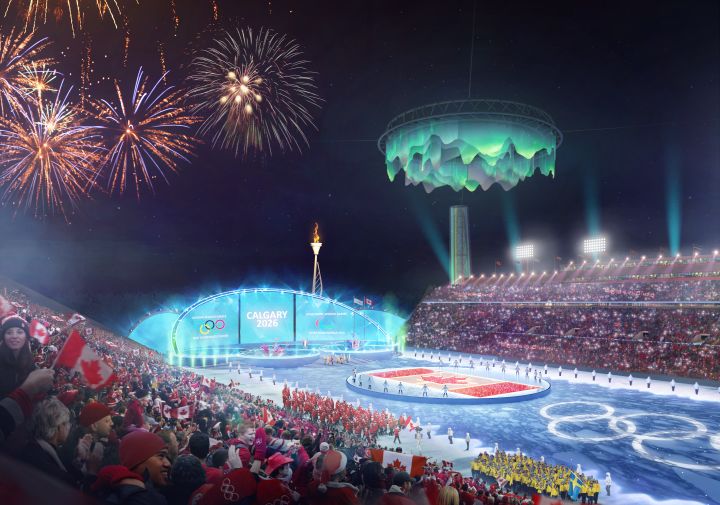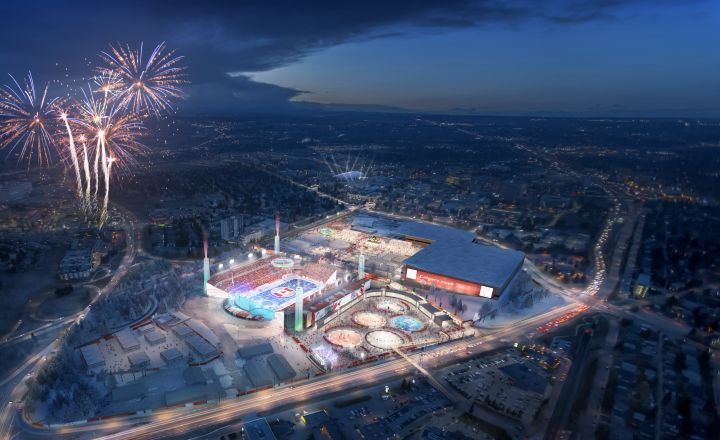With the vote on whether Calgary should host the 2026 Winter Olympic Games just days away, Global News took a deep dive into the numbers behind the bid, where the money is coming from, how it will be spent and what this will likely mean for individual Calgarians.

Note: The following amounts are all in 2018 Canadian dollars.
How much will hosting the Olympics cost?
Estimated total: $5.11 billion
Public money: $2.875 billion
Private money: $2.233 billion
Where is the $2.875 billion in public money coming from?
Three levels of government — federal, provincial and municipal — have pledged to contribute to a Calgary bid if it goes forward.
Government of Canada: $1.452 billion
Government of Alberta: $700 million
City of Calgary: $390 million*
Calgary and Alberta: $150 million in already planned improvements to Stampede grounds
City of Canmore: $3 million
*Includes $20-million premium on $200-million insurance policy (used for contingencies)
Funds from both the federal and provincial governments are contingent on a “yes” result in the plebiscite vote on Nov. 13.
Where is the $2.233 billion in private money coming from?
The International Olympic Committee has committed $1.212 billion — US$925 million — in cash and services. The balance of the private-sector money is expected to be coming from revenues from domestic sponsors, ticketing and merchandise.
Where will the money go?
A report commissioned by the Bidco and completed by the public policy research think tank the Canada West Foundation evaluated the costs, benefits, risks and opportunities of an Olympic bid.
The report focused on two questions: “Is the Calgary 2026 Games bid an economical, cost-effective and responsible approach?” and “Would the Games provide significant benefits for the host region?”
The foundation and the Bidco estimate that operational expenses for the Games will be $2.451 billion, a figure that includes human resources, sustainability projects, accommodations, food, logistics, transportation, operations, finance, legal services and communications.
Funding of so-called “legacy investments” tallies to $1.762 billion. Renewal of existing venues like the Olympic Oval and McMahon Stadium amount to $532 million. Construction of new venues is pegged at $427 million.
Building additional housing — which will later be turned into housing for Indigenous peoples, seniors and the affordable housing market — is budgeted at $493 million.
A legacy fund with $180 million is to be used for maintenance of facilities and to fund sport and cultural programs.
The Bidco has more government funds going to security — $495 million, to be exact — including $260 million for “essential services” like spectator transport, weather forecasting and highways management as well as an unrestricted contingency fund of $120 million.
Games Operations: $2.451 billion
People and impact: $403 million
Games operations: $1.147 billion
Finance: $74 million
Marketing and communications: $597 million
Legal services: $8 million
Contingency: $222 million

WATCH: When it comes to Calgary’s bid for the 2026 Olympics, one of the biggest questions is if the benefits are worth the cost. There’s no simple yes or no answer but as Lauren Pullen reports, there are some pretty strong opinions.
Public funding of legacy investments: $1.632 billion
Renewed venues: $532 million
New venues: $427 million
Housing: $493 million
Legacy fund: $180 million
Other government costs: $875 million
Security: $495 million
Additional contingencies: $120 million
Essential services: $260 million

WATCH: Calgary Ward 11 Calgary Councillor Jeromy Farkas and Erin Waite, a member of No Calgary Olympics, discuss why they believe Calgarians should vote against supporting a 2026 Winter Olympics bid.
What new venues will be built?
With 11 of the 13 venues needed for a 2026 Olympics already standing in Calgary, the bid includes the construction of two new sporting venues: a fieldhouse and a community arena.
The 10,000-seat fieldhouse would host figure skating, short-track speed skating and wheelchair curling during the Olympics and Paralympics. It would have a 400-metre track, court and other sports facilities after the Olympics.
The 5,000- to 6,000-seat community arena would be used as a second hockey arena during the Olympics and the main hockey venue during the Paralympics. After the Games, it would serve as a replacement for city rinks like the Calgary Corral or Father David Bauer Arena, both of which are nearing their end of life.

WATCH: Calgary mayor Naheed Nenshi and BidCo CEO Mary Moran disscuss why they believe Calgarians should vote for supporting a 2026 Winter Olympics bid.
Housing for athletes, Olympic partners and the Olympic workforce would need to be constructed to supplement Calgary’s available hotel rooms. The Bidco has planned to build 1,800 units spread among various locations in Calgary and Canmore. After the Games, these accommodations would be converted into affordable housing, subsidized senior housing and housing for Indigenous peoples. Student housing was cut as part of a budget decrease on Oct. 31 after the Bidco concluded they wouldn’t need as many units for Olympic staff and workers.
What about the possibility of cost overruns?
The International Olympic Committee claims that the cost to run the Games has never gone over budget. That claim is backed up by a study from Johannes Gutenberg University Mainz and the University of Paris Panthéon-Sorbonne that said the costs of organizing the Olympic Games are “usually covered by revenues.”
The Calgary Bidco has also budgeted more than $1 billion in contingencies, including a Games Contingency Fund of $120 million, a $330-million operations/delivery cost and revenue contingency and an unrestricted capital budget contingency of $295 million.
How will the money for old venues be used?
McMahon Stadium, which would host the opening and closing ceremonies, will get a number of renovations, including a new entry plaza, a new fan zone, a new team zone, a new concourse patio, new and renovated washrooms, new permanent seating, new kitchen and concessions areas and a new operations centre.
Speed skating is due to run at the Olympic Oval, which would see renovations fundamental to that sport, including replacement of all slabs, ice plant and plumbing upgrades, replacement of HVAC, expansion of the access tunnel and renovations to change rooms and washrooms.
BMO Centre and the Big 4 Centre would house the International Broadcasting Centre and main press centre. Those buildings would get upgrades to host the world’s media as well as an allowance to return the buildings to public use after the Games.
Under current plans, the Scotiabank Saddledome would play host to Olympic hockey games. Possible renovations include upgrading accessibility, upgrading power and lighting, re-commissioning the ice plant and surface upgrades on the concourse, club and suite levels.
WinSport Sliding Centre — home to bobsleigh, luge and skeleton — would get new buildings such as storage areas for bobsleds, power upgrades and renovations to existing buildings.
Hosting events like aerials, big air, freestyle, moguls and half pipe, the WinSport ski hill would get terrain grading, a slope-style vertical drop, ski lift relocation, park access road alteration and a day lodge.
Nakiska ski area — which would host snowboard cross, ski cross, alpine events and an athletes’ village — is planned to have improvements to course access as well as course upgrades, improved safety equipment, safety netting and fencing, a downhill course tunnel and a warming hut.
Biathlon and cross-country skiing would be held at Canmore’s Nordic Centre, which would receive upgrades like expansion of the competition area, transit site preparation, upgrades of utilities and course improvements for the Paralympics.

WATCH: The Town of Canmore has voted to support an Olympic bid, but there is a lot of work to do and money to be spent in the mountain community before it can welcome the world. Jayme Doll reports.
Whistler’s Olympic Park would host ski jumping and nordic skiing combined and would need minor renovations to ski jump facilities, in-run refrigeration upgrades and alignment of the cross-country trails and ski jump stadium.
The Max Bell Centre — scheduled to be used for training sessions for hockey teams — would require minor upgrades.
Why no C-train line to the airport or NHL arena?
“We don’t need a new Flames arena and we don’t need a C-train extension to the airport in order to host the Games,” Bidco director of capital infrastructure Fergal Duff told Joe McFarland on Calgary Today.
“There may be future talks amongst our government partners about whether those things are feasible or not, but right now it’s not part of our hosting plan.”
Where do the public funds come from? How much will this cost individual Calgarians?
According to the 2018 budget, the federal government’s total expenditures are projected at $338.5 billion so its contribution of $1.452 billion would represent 0.43 per cent of the federal budget.
In the Province of Alberta’s 2018 budget, the provincial government estimates its expenses at $56.181 billion. Its contribution to the Calgary Games would be 1.25 per cent of the provincial budget.
For the City of Calgary, its 2017 financial report had actual expenses at $3.192 billion. The city’s contribution of $390 million represents 12.22 per cent of its 2017 annual expenses.
University of Calgary associate professor of Economics Trevor Tombe told Calgary Today it’s unlikely taxes will be increased by the federal or provincial governments, as those governments already have plans to spend on capital projects like hosting the Olympics.
LISTEN: Economics associate professor Trevor Tombe joins Calgary Today to look at how much hosting the Olympics could cost individual Calgarians
“That’s not to say there’s not a trade-off because it is using public funds in a particular way that could have been used in other ways — not just funding other capital projects but potentially shrinking the deficits either provincially or federally, or reducing taxes below what they otherwise would have been.”
“But the real impact for Calgarians, I think, is going to be most visible in property tax changes, and that will depend on how things shake out.”
Tombe estimates that property taxes in Calgary could go up by low single-digit percentages.

WATCH: With one week left until Calgary votes on whether to proceed with a bid for the 2026 Winter Olympics, the city is explaining how the plebiscite process will work. Michael King reports.
“It’s hard to answer with any precision today because it will depend on how future city councils decide how to fund the $390-million contribution that we’re looking at today.”
Tombe uses that number and the assumption the money will come from an increase in city debt to estimate how much Calgary homeowners would pay.
“That would then translate into our property taxes because of the interest costs associated with that debt and repaying the debt over 20 to 25 years. Under that scenario, it would increase property tax levels by one to 1.5 per cent. That’s different for different people, but for the median residential property homeowner that’s about $25 a year, although substantially more for non-residential property owners.”
Tombe echoed the Canada West Foundation report in stating two questions that Calgarians should ask themselves before going to the polls on Nov. 13.
“Can we afford the Games? Is this what we want to spend our money on?”



















Comments